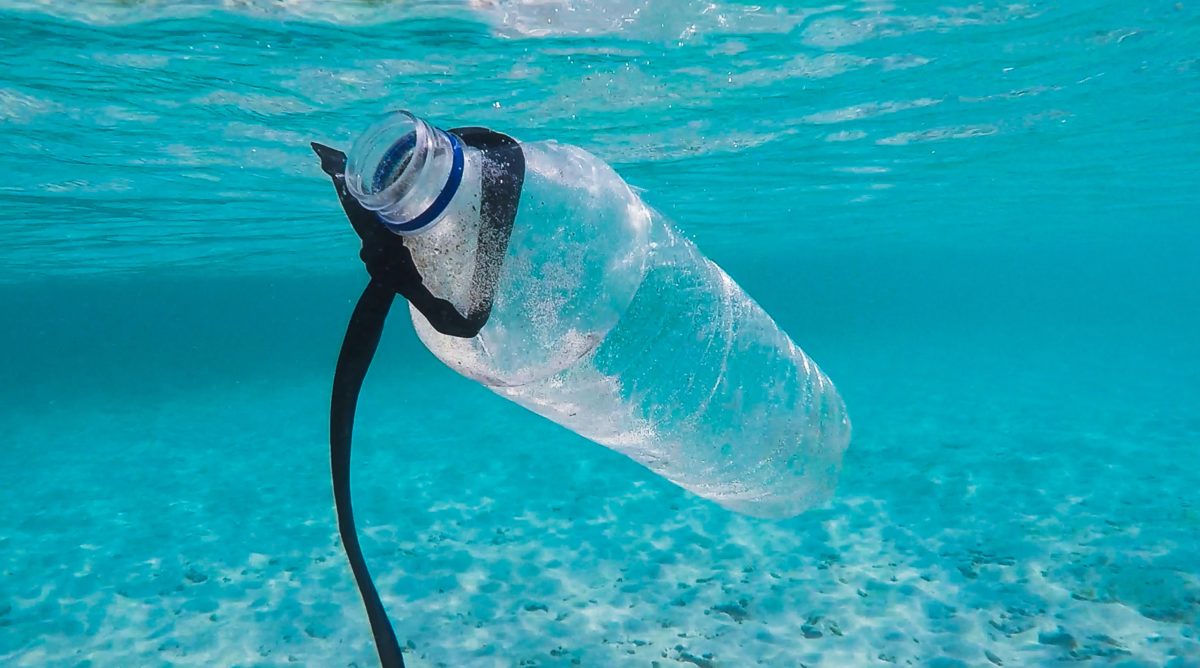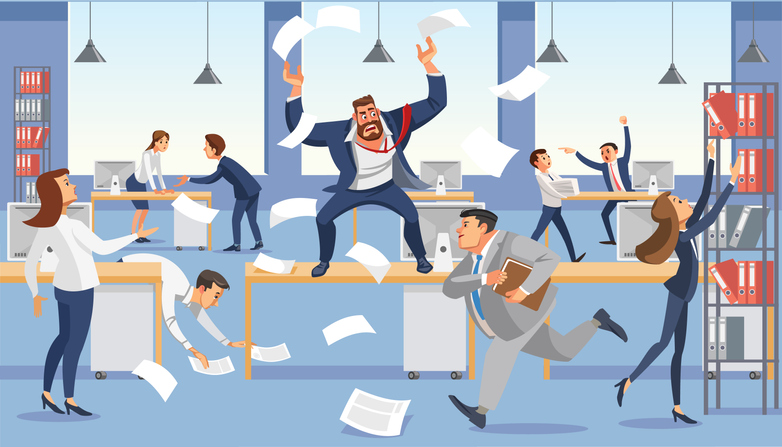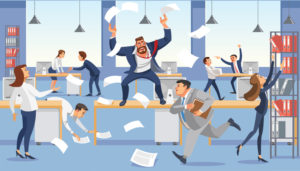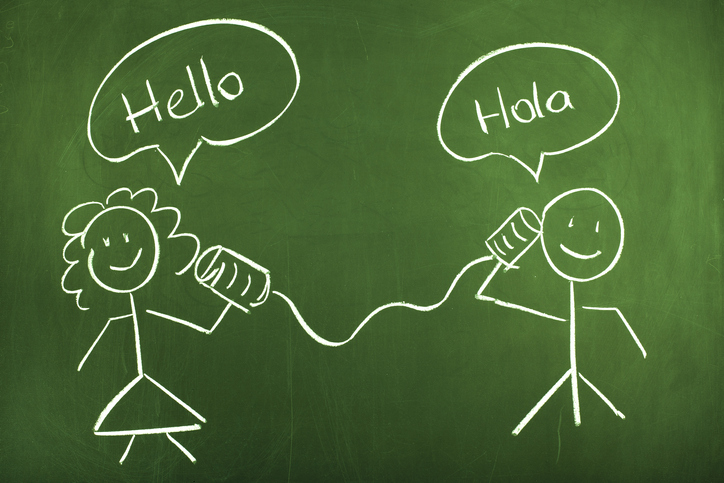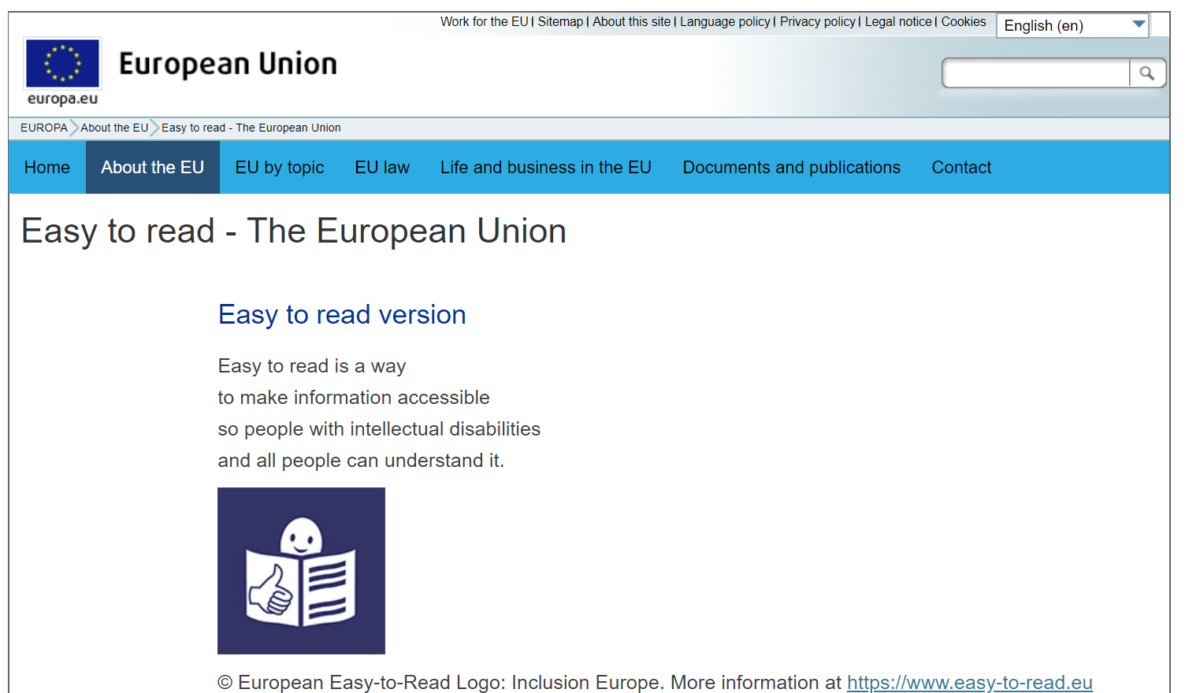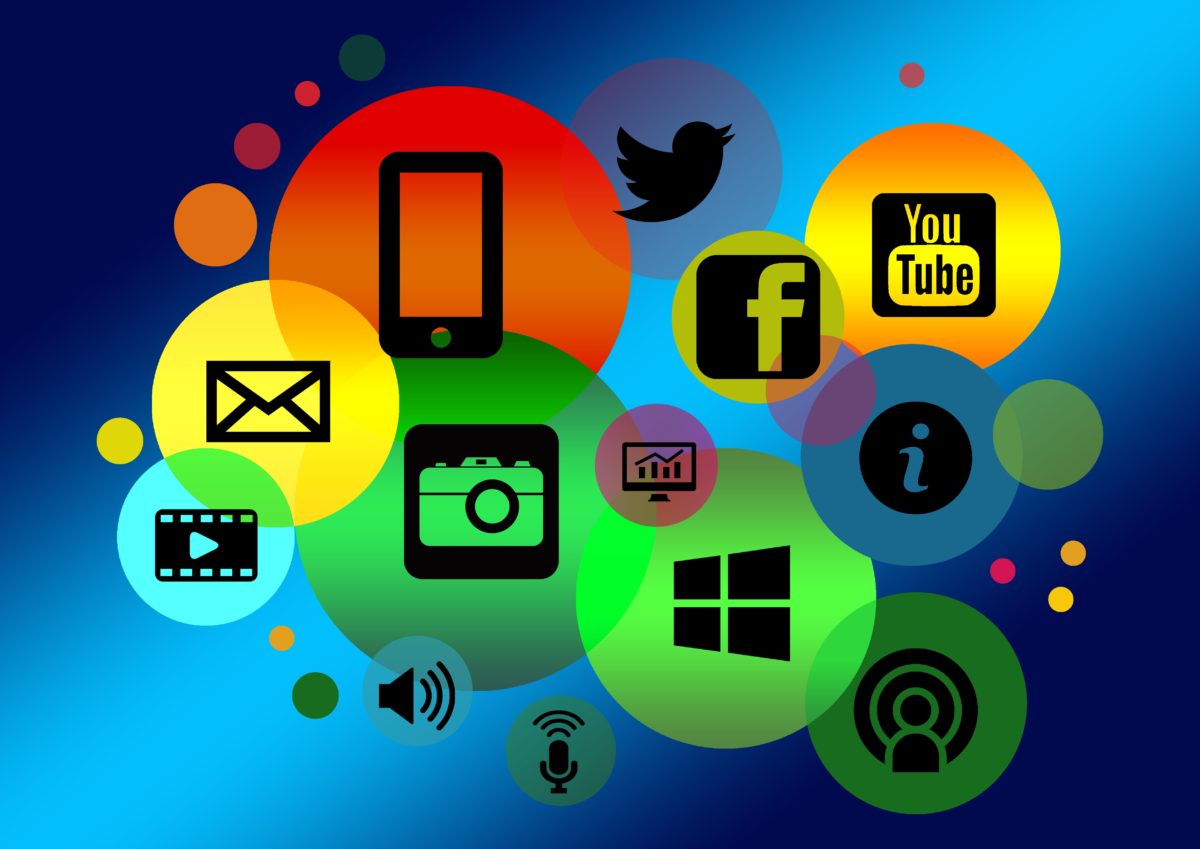For some of us, the relationship between professional sport and the translation industry can be summarised in one scene: after the event, when the player/driver/coach discusses how good or bad the match was and how grateful they are for their supporters, there is an interpreter who interprets these stock sentences, often using consecutive interpretation. However, the world of professional sport is an international environment, and we tend to forget about its complexity concerning language use and linguistic challenges. In this blog entry, we will take a look at some of its more complicated issues.
First of all, professional sport is a diverse undertaking. Players from different nations play in the same team (and not just at club level; sometimes national teams have members who are naturalised citizens). While English as a lingua franca can be used in an everyday situation, language barriers can have a negative effect on the performance and unity of the team. That is where an interpreter can help to bridge the linguistic and cultural gap and create a more inclusive and accepting environment.
In addition, sports translation is just as complex on a technical level as, for example, legal or medical translations. Each and every kind of sport has its own terminology, and often the same term describes different circumstances in different sports (e.g. the situation described by the term offside in many sports). Furthermore, there are sports-related cultural differences as well. One of the best known differences is the word football which has quite different connotations in Europe and in the United States, while sports that are popular in a given geographical area (e.g. cricket in Commonwealth nations or baseball on the American continent) can also complicate a translation or an interpretation assignment.
Finally, in the international world of professional sport, diplomacy is just as important as performance. Huge organisations govern the rules and regulations of the sport and organise international events, and while these organisations often use one or several official languages (for example, French in the IOC or English, French, Spanish and German in FIFA), the largest organisations actually have their own language services department in order to handle the enormous volume of translation and interpretation required. The work does not only cover translating and editing publications, but also entails legal, medical, chemical, financial and creative translations; in many cases, separate text types appear in the same document, so linguists need expertise in different areas, and they often have to juggle short deadlines, too. And the sheer amount of work is extraordinary: FIFA, for example, translates around three million words a year per language.
Even this brief look at the topic shows that linguistic services play a far larger role in the world of professional sport than we might assume. It facilitates communication, promotes accessibility and encourages the feeling of togetherness, which is what sport is really about. Despite their background roles, interpretation and translation are indispensable in the international and multicultural environment of professional sport.
Written by Zsolt Beke


